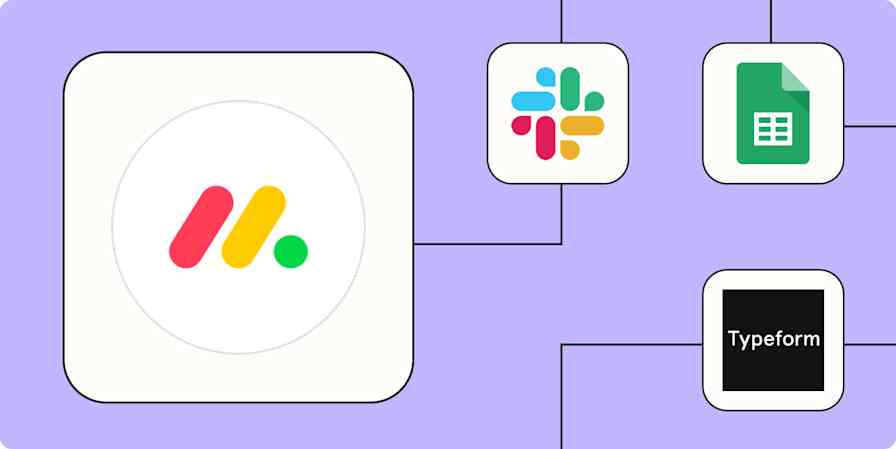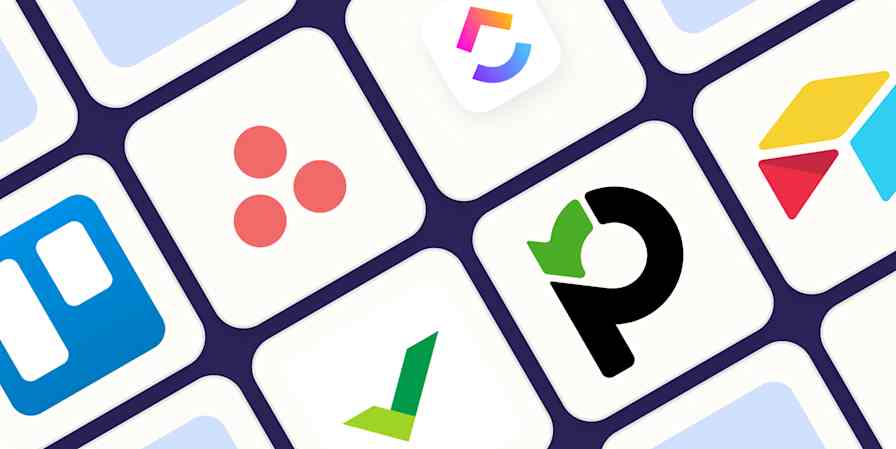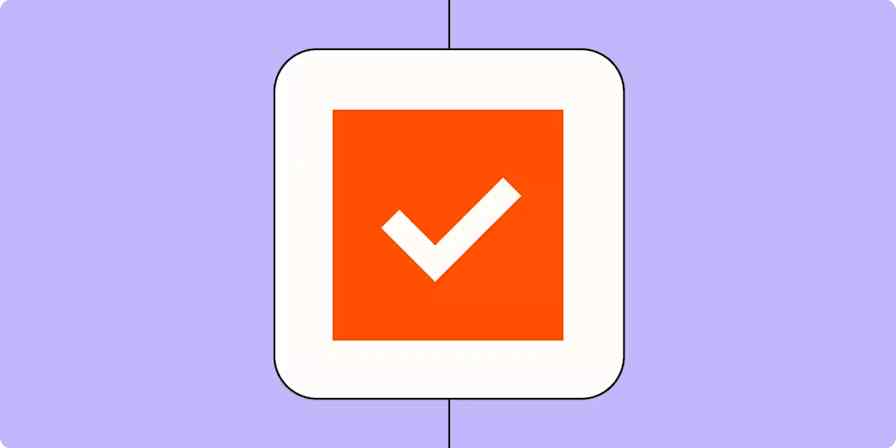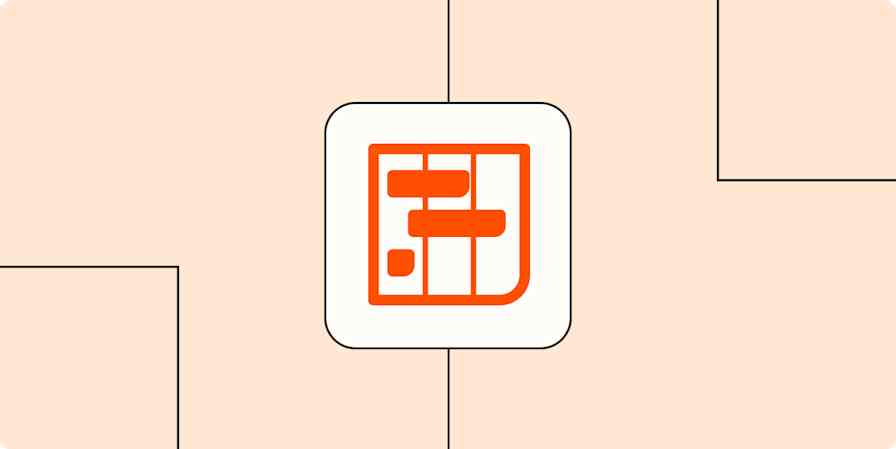If you've heard of Kanban, you've heard of Trello. If you've heard of databases, you've heard of Airtable. How can you compare a Kanban app and a database tool?
Dig a little deeper, though, and the similarities surface. Both can be used to store data, track processes, collaborate with your team, and view your work in different ways. And while Trello is the reigning champ of Kanban project management apps, Airtable has Kanban too, along with Gantt visualizations and a dedicated project management tool for product teams.
Which tool is best for you will depend on the scale of your projects, the level of customization you need, and your budget.
I spent time tinkering with both of these apps, and here, I'll walk you through the differences—and how to know which one is right for you.
Table of contents:
Airtable vs. Trello at a glance
Here's what you need to know about the differences between these two apps:
Airtable is best for product teams and enterprise use. While it has a steep learning curve, there's no better platform for data-heavy projects. Airtable makes it possible to organize tens of thousands of data records and use them in projects, automations, and no-code apps.
Trello is best for freelancers and small teams. Managing projects is foolproof with Trello's drag-and-drop Kanban system. It's easy to use and includes built-in features, like task lists and reminders, that make assigning tasks more intuitive. And with its wide range of add-ons, Trello can scale with you as you grow.
| Airtable | Trello |
|---|---|---|
Ease of use | ⭐⭐⭐ Airtable's large selection of features means it takes time to get the most out of the app. | ⭐⭐⭐⭐ Users at any skill level can jump right into Trello, though more advanced features like automations take a little more time. |
Project management | ⭐⭐⭐⭐ Airtable's Kanban features aren't as intuitive as Trello's, but its Gantt, timeline, date dependency, and resource-tracking features make it a powerful option. It also offers a specialized project tool for product development teams. | ⭐⭐⭐⭐⭐ Trello does one thing incredibly well: Kanban-based project management. Checklists, reminders, deadline alerts, and other project features make Trello the best option for keeping teams on track. |
Pricing | ⭐⭐⭐ Solid free plan offering up to five users per workspace (though it's missing useful features like Gantt views and date dependencies); paid plans range from $24/user/month to $54/user/month. | ⭐⭐⭐⭐⭐ Trello's free plan is fantastic, and its paid plans, ranging from $6/user/month to $17.50/user/month, are significantly cheaper than what Airtable offers. |
Content types | ⭐⭐⭐⭐⭐ Nearly 30 field types, including barcodes, sound files, and links to other records. | ⭐⭐⭐ Limited to basic content types, like text, date, numbers, and percentages. |
AI features | ⭐⭐⭐⭐ Airtable AI can organize data, translate content, suggest efficient workflows, and create apps instantly using Airtable Cobuilder. | ⭐⭐⭐ Trello's simple generative AI features help speed up brainstorming and summaries. |
Integrations | ⭐⭐⭐⭐⭐ Built-in automations and 35+ native integrations; integrations with thousands more using Zapier. | ⭐⭐⭐⭐⭐ Powerful automations can be triggered by dragging and dropping cards or editing content; integrates with 200+ apps and thousands more using Zapier. |
Airtable is best for complex, data-heavy projects
Airtable is a database (that feels like a spreadsheet) where you can store and organize huge volumes of data. It's highly flexible: Airtable can be a sales CRM, an operations hub, or a financial reporting dashboard. You can even use it to build internal no-code apps that speed up your business processes. (More on that shortly.)
One of Airtable's most popular uses is as a project management tool. Because you can add countless customizable fields (columns) to your Airtable records, you can do anything you'd do with a standard project management app: assign tasks to team members, include due dates, and add attachments. Just like that, you have a way to track projects with lots of varied data.

Because it's a database, the type of data you'll store in Airtable isn't limited to text, numbers, or dates. There are currently 28 field types to choose from: barcode, checkbox, URL, single select, currency, percentage, ratings, and more. It's extremely flexible, and you can customize it however you want.
Airtable not only stores more types of data—it also lets you view that data in more ways: grid, calendar, gallery, Kanban, timeline, list, Gantt, and form. And within each Airtable view, you can filter, sort, group, and customize data in ways that make it more digestible and actionable.

Trello offers some similar views, but they don't come close to offering the same level of customization or insights into your data as Airtable. The timeline view is much less customizable, for example. And it doesn't offer Gantt, gallery, or list view at all. (Though you can create these views in Trello with third-party add-ons.)
If you're running a product team, you'll also want to take a look at ProductCentral, a new tool from Airtable. It streamlines roadmapping, resource management, and end-to-end project management for product teams. (It does come at an additional cost, though.)

Trello is a more intuitive project management tool overall
Trello is incredibly simple to use. A typical Trello-based project involves using Kanban boards to move work across a series of steps by dragging a card (task) from one list to another as it progresses through the workflow.

The simplicity of Trello's interface makes it easy for team members to jump in with almost zero learning curve. And since each Trello board has a unique set of team members and is organized around a common purpose, juggling multiple projects is just a matter of creating more Trello boards. You can quickly jump between boards to monitor your project's progress, check the status of your contributors' tasks, and watch for bottlenecks.

Trello also has the advantage of having been designed from the ground up as a project management tool; as a result, it has practical features that Airtable is missing.
For example, you can automatically keep team members on track with Trello's built-in task reminders, which notify users through both the web app and the mobile app. (While it's technically possible to set due date reminders in Airtable, you'd have to follow a six-step process that involves formulas and automations.) Checklists let you map out the subtasks necessary to complete each task, while cards help you centralize any relevant checklists, team members, due dates, and attachments.

Airtable lets you build custom interfaces and no-code apps
The different views in Airtable already make it a more advanced tool than Trello, but it goes beyond that: Airtable allows you to build fully customizable interfaces for your team or external collaborators—complete with tables, charts, calendars, buttons, and filters. This is where it becomes an internal tool builder.

For example, an interface might allow employees to submit status updates or for managers to leave feedback on work—all that data would then be pulled into the database. Or maybe you want to create an interface to showcase weekly progress, or a dashboard to display sales information for your executive team.
You can make your interface as interactive as you want. Add forms, reports, and tables from your existing Airtable data, and trigger complex workflows with the click of a button.
With Airtable Cobuilder, an AI-powered tool, can even create internal apps using natural language. For example, you could create an app to track and resolve internal IT requests, including a submission form for requests, status tracking, and automatic assignment of tasks to IT staff.

The most you can do to customize your Trello experience is change the background and themes. There's no way to dictate how much or in what form users will see your Trello data (other than inviting users only to certain boards).
Trello is easier to use
For all its bells and whistles, Airtable has quite the learning curve. The basic stuff is simple: importing data, creating tables, adding simple views. And there are plenty of great templates to get you started. But the more you want to customize, the more tinkering you need to do. Be prepared to wade through a bunch of help articles and watch a tutorial (or twenty) to successfully tackle all that Airtable has to offer.
Trello is more intuitive. Setting up your Kanban boards is a breeze, and even the more advanced features, like automations, are pretty straightforward. You might need some help to configure a few integrations, but that's about as tough as it gets.

To set up automations within Trello, you simply pick a trigger; when the trigger takes place, the app executes your pre-selected actions. For example, you could create a monthly automation to clean up your project management dashboard by archiving all completed tasks.

Airtable's automations work like this too, but I found Trello's a bit easier to incorporate into my project management workflow.
Trello's paid plans are more affordable
Both Airtable and Trello make it easy to get started with powerful free plans; if your needs are simple, each free plan is robust enough that you may never need to upgrade. With Trello, you get unlimited cards, up to 10 boards and 10 users per workspace, 250 automation runs, and project management features like assignee and due date functionality. Airbase's free plan gives you unlimited bases, 1,000 records per base, up to five editors, 100 automation runs, and the ability to build apps with Airtable Cobuilder.
Once you decide to upgrade to a paid plan, Trello is a lot more affordable. For $6/user/month, you get unlimited boards, custom fields, advanced checklists, and AI features, and for $12.50/user month, you get basically everything except the most enterprise-y features. To get literally everything, it's just $17.50/user/month—and the price per user goes down the more users you have.
Airtable's cheapest paid plan is more expensive than Trello's priciest plan. At $24/user/month, the Team plan gives you 50,000 records per base, 25,000 automation runs, unlimited editors, and project management features like Gantt charts and timelines. The Business plan, at $54/user/month, offers 125,000 records per base, 100,000 automation runs, and advanced data syncing, permissions, and compliance.
Both apps offer automations and integrations—and both connect to Zapier
Trello features 200+ integrations with apps like Slack, Pipedrive, and Typeform. You can also expand Trello's capabilities with Power-Ups, which are similar to integrations but more focused on adding concrete features to your Trello boards. For example, you can add a Mailchimp Power-Up that attaches email campaigns (and up-to-date campaign data) to your cards.
Airtable offers 35+ integrations with apps like Salesforce, Zendesk, and Basecamp. You can expand that number using low-code custom integration options like webhooks, automation scripts, and Airtable's Web API.
But because both Airtable and Trello connect to Zapier, that means they work with thousands of other apps, so you can send data to and from your project management app. Learn more about how to automate Airtable and how to automate Trello, or get inspired by one of these pre-built templates.
Add subscribers to Mailchimp via new Airtable records
Create new Trello cards from new Google Calendar events
Zapier is a no-code automation tool that lets you connect your apps into automated workflows, so that every person and every business can move forward at growth speed. Learn more about how it works.
Airtable vs. Trello: Which should you use?
Choose Airtable if you're looking for a way to manage data-heavy or complex projects. With Airtable's customization options, collaboration tools, and no-code app builder, you'll have no problem managing large projects at scale.
Choose Trello if you're a freelancer or part of a team managing less complicated projects. It's incredibly simple to juggle multiple projects and onboard collaborators, and with Trello's wide range of add-ons, you can do nearly anything you need.
Related reading:
This article was originally published in March 2024 by Farheen Gani. The most recent update was in October 2024.









